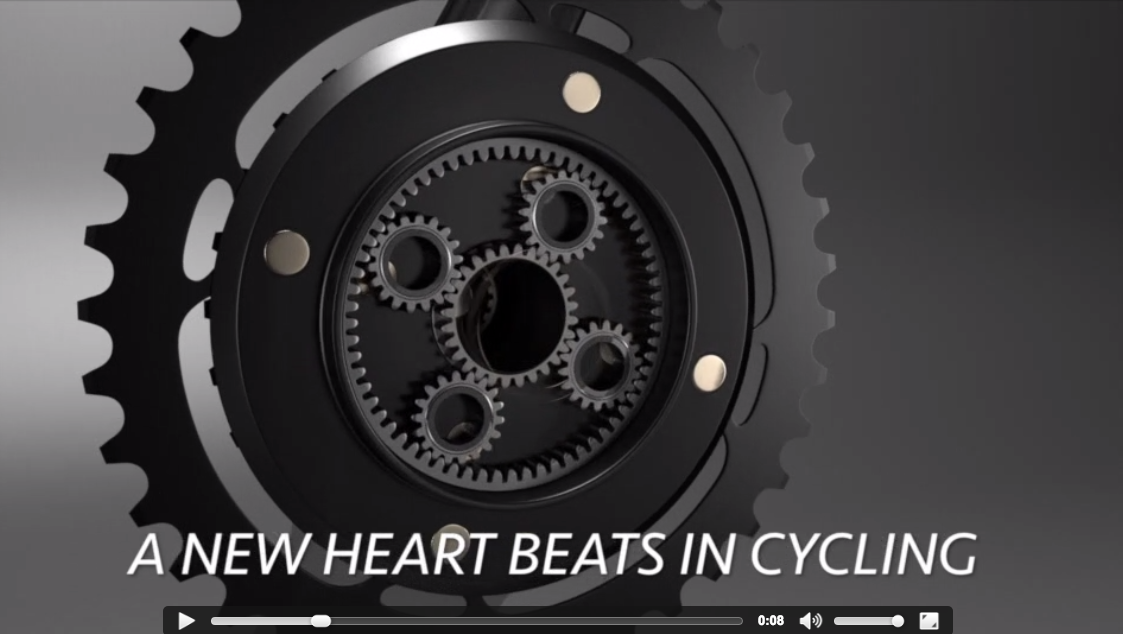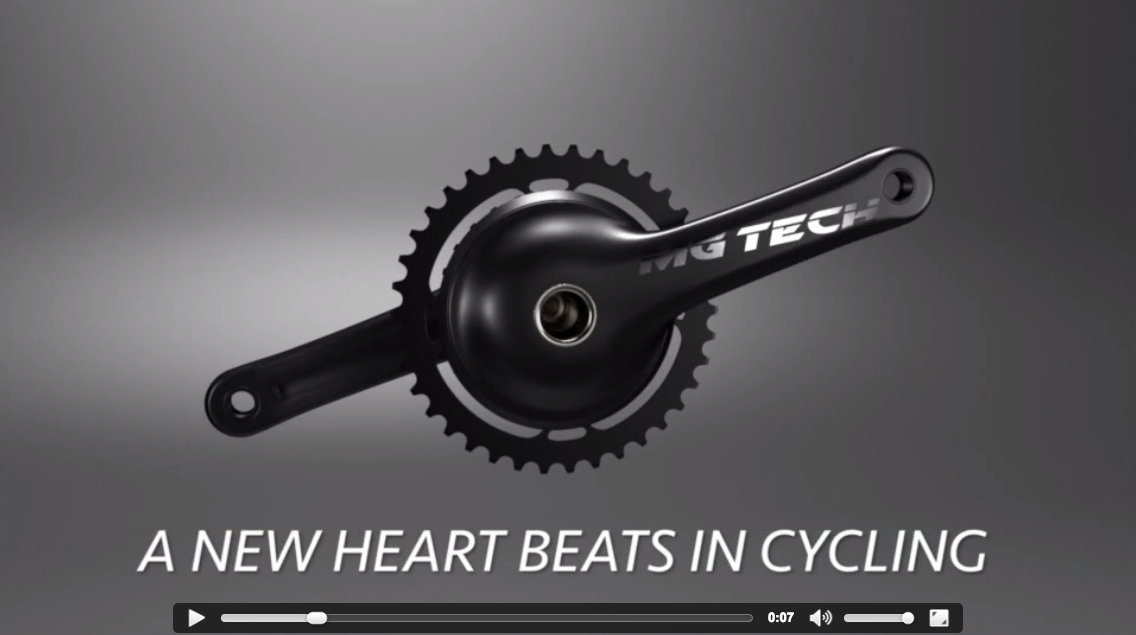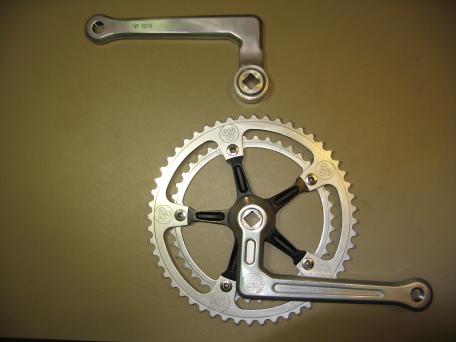They describe the technology as "The patented and unique heart of each MG TECH bicycles delivers more fun, greater speed for a given effort, as you will be less fatigued at the end of a ride. A planetary gear within crankset rotates the chainrings 1.44 times faster than you pedal, resulting in your next personal best."
http://www.mgtechbikes.fr/ultim-crank.html


Now, I want to stay open minded. The pitch is that the leverage increases because the distance between the point where the power is produced, is further than on a a traditional crankset.
The same inventor had another similar product about 10-15 years ago, but apparently the power transfer loss in the planetary system has decreased from a whopping 17%, to something like 1,7% (or less, can't remember).
Their logic says that the effort needed to pedal a 37 tooth chainring (equivalent of a 53 tooth cr) is smaller, but is it?
So far, I have only done 15km with a bike that wasn't set up correctly, and with mtb pedals instead of road pedals.
I'll do the Ventoux on Sunday or Monday to see if I can beat my personal best.
The smart ones among you... is there scientific reasoning that would support the claim of planetary gears being better than regular chainrings?








